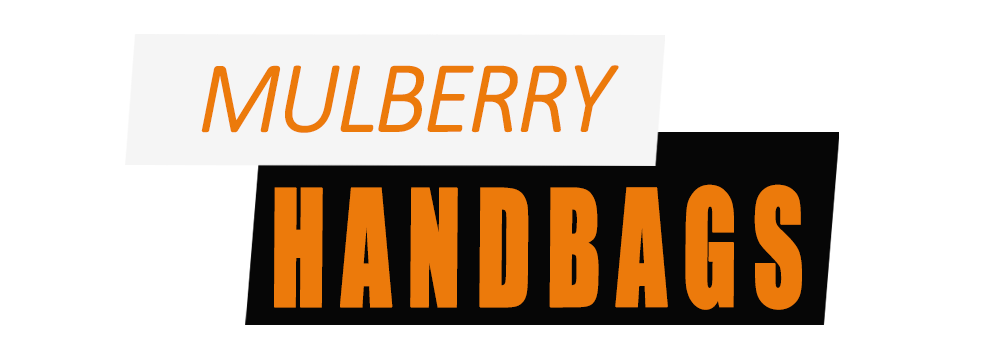The year began on a crisp day, with 100 percent visibility. At least that’s how it seemed at the time. Christie’s was still soaring from the 2022 November evening sales, when the Paul Allen collection took in $1.5 billion. If that sales season was any indication, the market was flush and frothy. ART SG, the Singapore-based art fair, finally launched its inaugural edition in January (with a little help from Art Basel parent company, MCH Group), and Patti Wong’s new advisory in the region signaled that Asia was the art market’s next home base. elangqq
The world’s outlook, and the art market’s, did not remain so rosy.
At the beginning of March, sales tax hikes in the European Union caused a stir among artists and dealers. By April, recession—a supposed consequence of the end of low interest rates and cheap money—was being bandied about in every financial sector. Still, the worlds of finance and art cozied up to each other more than ever. Meanwhile, a report from the art sector recruitment firm Sophie Macpherson Ltd. revealed that sales directors at some commercial US galleries made more than $400,000 a year, and that gallery giants were gobbling up artists as if they were turkeys at Thanksgiving.
The winds of change truly began to blow in May. Sales at Phillips, Christie’s, and Sotheby’s produced results that ranged from middling to downright disappointing. If there was one clear sign that the post-Covid sales flood had dwindled, it was the Christie’s New York auction of the Gerald Fineberg collection, in which most lots, if they sold at all, hammered at or below their low estimates. On the fair circuit, Art Basel CEO Noah Horowitz hired Maike Cruse to lead its flagship fair, the first of many chess moves meant to secure the brand’s future. elangqq
At the start of summer, Sotheby’s London ushered Klimt across the auction record line amid increasing worries of a market downturn that was acutely felt at Christie’s London despite a 20th/21st Century evening sale roster reading like an art history textbook. Sotheby’s also gave the world a glimpse at owner Patrick Drahi’s plans for the auction house’s future when it purchased the Whitney’s Breuer Building, slated to become the house’s new global headquarters next year.
Despite the economic turbulence, Frieze announced in July the acquisition of both the Armory Show and Expo Chicago, while Art Basel hired Bridget Finn to helm the Miami Beach fair. Still, by then, the black cloud hanging over the market was undeniable. Sotheby’s and Phillips thinned their respective herds, and Christie’s, having wildly misjudged interest in the generative AI market, announced a 23 percent drop in sales for the first half of the year.
Phillips followed suit in August, announcing a 40 percent drop in sales for the first half of 2023. That same month Christie’s and Sotheby’s began a prolonged battle for the Emily Fisher Landau collection, a sale they likely hoped might set the market right.
By September, most of the art world had accepted that things were no longer easy-breezy. And trouble plagued more than just the balance sheets. Frieze Seoul and the Armory Show opened within days of each other, leading people to ponder the perceived conflict of interest in Frieze’s purchase and the New York fair’s future. Meanwhile, court documents revealed that Christie’s, which early in the month had to cancel a lucrative sale of Heidi Horten’s jewelry, owing to her unsavory life choices, had for years been fighting tariffs on imports spurred by the United States trade war with China. elangqq

